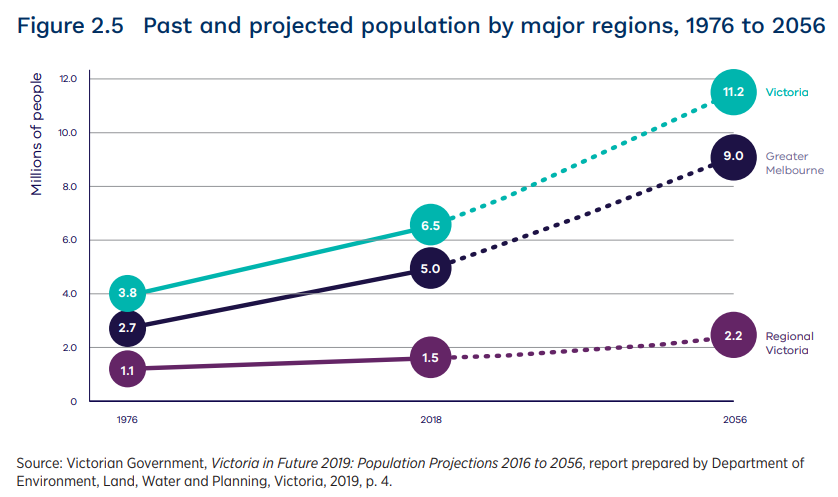The Victorian government has proven repeatedly that it cannot manage the costs of major infrastructure projects.
Consider the following examples of projects whose costs have ballooned, adding to the state’s enormous debt pile:
- The West Gate Tunnel project, whose cost is projected to double its initial $5 billion price tag.
- The $11 billion Metro Rail tunnel, which has blown out by around $3 billion.
- North East Link, which was originally planned to cost $10 billion, was then revised up to $15 billion, before blowing out to $26 billion.
- The $200 billion Suburban Rail Loop to nowhere, whose total cost is projected to exceed $200 billion, roughly four times its initial announced cost.
Now you can add Melbourne’s Airport Rail Link project to the list.
When the project was put on hold in 2023, the estimated cost of the Airport Rail Link had risen to $13 billion, which was $3 billion higher than its initial cost estimate of $10 billion.
Work on the project is not slated to resume until 2027, but global engineering firm Arcadis has warned that the final cost of the rail link could top $15 billion when construction cost increases of about 15% over the next four years are taken into account.
The government has also conceded that further delays will increase the cost of the project.
It is worth remembering that the underlying driver of Victoria’s major projects is the state’s extreme immigration-driven population growth:

Melbourne’s population is projected to grow from 3.5 million at the turn of the century to 9.0 million by 2056.
Moreover, all of Melbourne’s projected population increase will come via net overseas migration – both directly as soon as migrants land and indirectly when they have children (captured as natural increase).

The blowout in Victorian infrastructure projects and the state’s debt should, therefore, be considered a direct cost of the federal government’s ‘Big Australia’ mass immigration policy.

